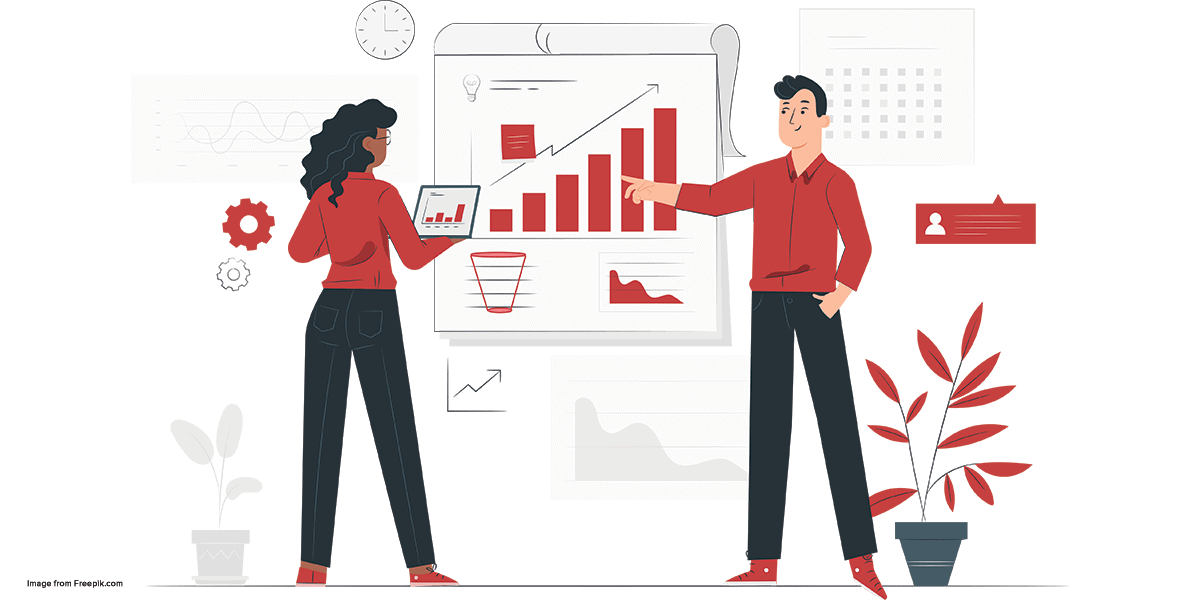
The sales cycle is undoubtedly one of the most critical metrics a company can measure. Without a clear picture of your sales cycle, accurately forecasting sales and growth becomes nearly impossible.
Many factors can impact the length of your sales cycle. Some impacts may be seen right away, such as those created by the current economy or new and competing technologies and products, while others occur over time, such as changes in the way people buy. It goes without saying that the length of the sales cycle can be fluid, and monitoring and measuring your sales cycle must be an active and ongoing process.
Process Is Imperative
Even beyond the fluidity of it, the sales cycle is a complex creature. The first step to understanding your sales cycle is to have a clear process that your organization follows consistently. What are the steps in your sales cycle? How do you define the beginning of the sales cycle? Is it when you first enter it into your CRM, at first touch, or at some other point? Consider how your company treats potential leads. If you are dumping trade show leads or purchased lists into your CRM but you’re not doing anything with them, using “entry into CRM” as a starting point will skew your data.
A side note on using a CRM: You will find tracking your sales cycle becomes effortless when it is used consistently by the entire sales staff. Implementing a process that dictates that leads are entered into the CRM and followed through the sales pipeline will make tracking your sales cycle much easier. It will provide transparency and efficiency and allow salespeople to prioritize opportunities, potentially shortening the sales cycle.
Accurate Data and Expectations
Many companies have an inaccurate perception of their sales cycles because they are not analyzing the data in a way that creates appropriate expectations. If your sales goals include closing large sales, make sure you’re looking at data from large sales.
Orders from current customers are typically the fastest to close. You’ve built relationships, they are familiar with you, and they are in your systems already. If included, these can make your new-business sales cycle appear artificially compressed.
Smaller and one-off sales will typically close faster than larger sales. However, if you are looking for six- or seven-figure repetitive deals, you will need to have patience and understand the process can be lengthy. Make sure you are comparing apples to apples.
If you are trying to understand how long your sales cycle is for new business that fits your target-market profile, look at those types of deals independently of others to get a true sense. Sometimes a really large deal will come out of nowhere and close quickly because the company had an immediate critical need. Those don’t happen regularly and should be considered anomalies.
Closing the Whales Takes Time
Most companies are fishing for whales—those big six- or seven-figure accounts that repeat annually. Not only do these types of deals take time, but they also take work.
If you are new to an industry or territory, it will take time to educate the market. You will need to have a plan for doing this, which may include content creation, social media, inbound marketing, SEO efforts, outbound marketing, etc. If you have been tracking data, you should have a good idea of how many touches it will take to convert a lead.
If you are trying to wedge out an existing vendor, you will have to do some digging to find cracks in the relationship. What issues are they having with the current vendor? Is there an opportunity for you to relieve this pain? Even if you lose the first quote, keep trying. Sometimes, you may get a small job as a test, and you will have to prove yourself before you get the full opportunity.
From our experience, it takes an average of six to 12-plus months to convert new prospects for large brown-box orders and six to 18-plus for point-of-purchase display orders.
One key point is that there is a need for constant communication and scheduling of the next steps before ending a meeting with a prospect. For our packaging clients, it takes 15–20 touches (calls, emails, voicemails, direct mail) to get the first appointment, and it can easily take that long to get to the next step of the sales cycle if the next steps are not identified and scheduled before ending the initial meeting.
The key to accurately forecasting your sales and achieving the growth your company desires lies in understanding your sales cycle by having a process in place for it, ensuring your organization is consistent with using it, measuring key metrics, and most of all, having patience.

